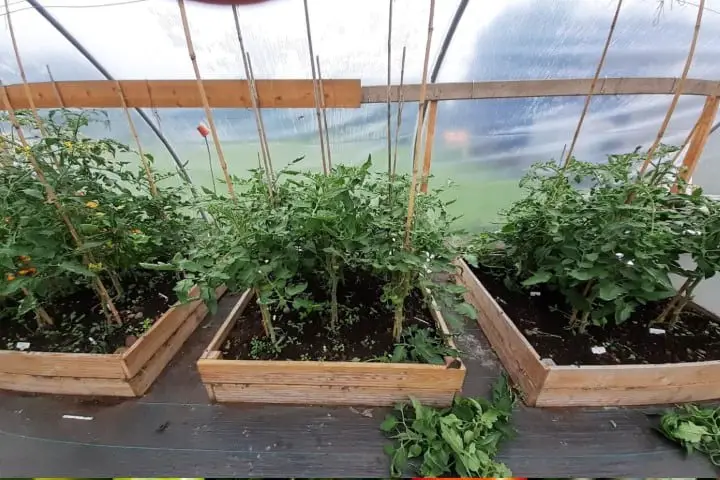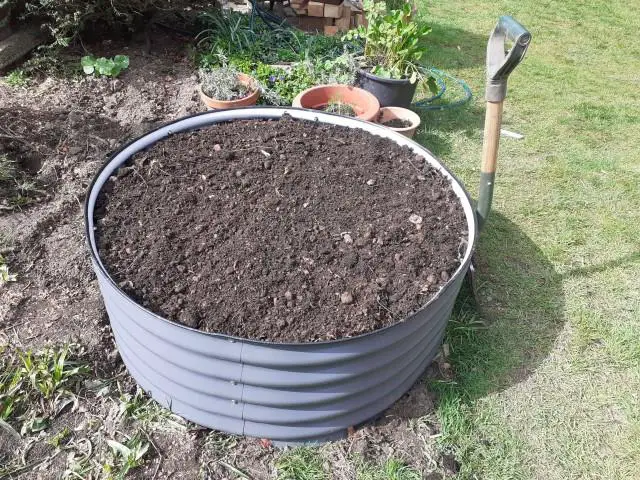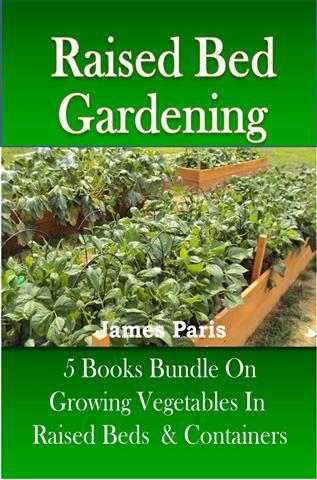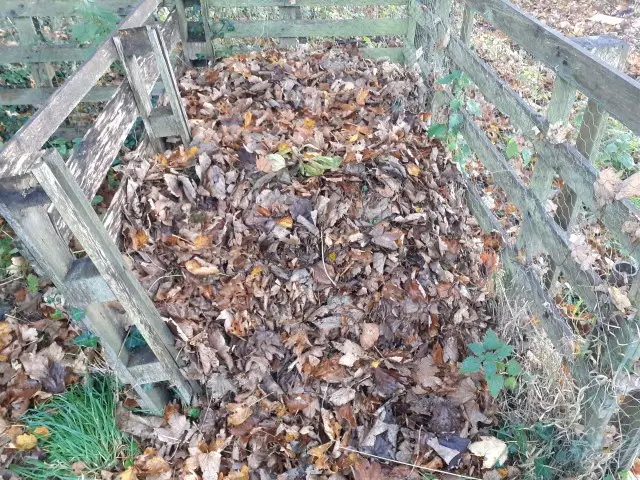When growing vegetables for the first time, I usually advise the beginner to try out Raised Bed Gardening rather than just plant direct to the soil.
There are many reasons for this (which I will list further on in this article) but fundamentally it is just easier and more productive all-round.
To be clear by using the term ‘Raised Bed’ I am also referring to ‘Square foot gardening’ which is traditionally done in a Raised Bed framework sectioned into grids of 12 inches square.
A common mistake when filling Raised Beds.
Probably the most common mistake I see with Raised Beds is in the infill or soil. Especially when using for the first time, there is a tendency to just fill up the structure with whatever soil is available – this is a big mistake.
Garden soil or top-soil on it’s own is NOT a good material for a Metal Raised Bed garden for several reasons.
- Soil on its own tends to compact down into a raised bed and become a less-than-perfect growing environment for plant roots, which will struggle to develop in tight soil. This is especially the case where the soil has a high or even moderate clay content.
- Raised Bed gardening is part of the ‘no-dig’ gardening discipline. This means that the soil in a Raised Bed has to be light and loose. This allows for excellent root growth as well as making the soil easy to work on with just light garden tools. It also means that any weeds are easy to remove.
- Risk of contamination by insect larvae, weed seeds, or fungal infestation is a very real prospect if soil only is used – especially if you do not know the source of the soil. By using a fresh made-up mix you can be confident that you have given yourself (and your plants) the best chance of success – and easy gardening!
Raised Bed gardening is a huge player in the whole no-dig gardening fraternity. The idea being the ‘no-dig’ means little or no hard digging at all in the many disciplines included in the no-dig gardening ‘stable’.
Why is this important? Well the fact is that if you do not get the mix correct, then the actual concept does not work and the result is more labour, weeding, and less crops for your efforts.
So you can see that getting the soil mix correct is mega important for a Raised Bed if you are to avoid weak, unproductive, crops.
Best soil for Raised Beds
So with all that said, I know from experience that the best soil for any Raised Bed Garden whether metal or wood, is a mix of good quality topsoil, compost, and vermiculite – with a little sharp sand thrown in for good drainage especially for crops that like free drainage like carrots or parsnips.
There are other materials you can add depending on supply, like peat or coconut coir that will help keep the soil light and friable.
The whole idea is to make up a soil that has all the nutritional value the plants need, plus the right consistency to allow for strong root development and plant growth.
So what do the individual components add to the mix?
- Topsoil adds nutrients along with all the micro-life that nature provides. Natural water retention.
- Compost adds nutrients and helps keep the soil loose and ‘friable’ which collects oxygen and helps with root growth and microbial life formation.
- Peat and coco coir will add bulk and looseness to the soil mix.
- Vermiculite or perlite helps to retain moisture and nutrients as well as adding friability to the soil. Helps to prevent nutrients leaking away in heavy rain or overwatering.
- Sharp sand or gardeners sand allows the soil to drain freely and is especially good for vegetables like carrots, parsnips, onions, potatoes, lettuce and tomatoes for example.
Overall I have found from past experience that the best overall mix that will suit most vegetables is an equal mix of good topsoil, compost, and vermiculite (as mentioned earlier). I will add some sand if I’m growing some of the veggies mentioned in the list above.
How to mix it all up.
This is a simple enough process. Just lay out a tarpaulin and pour out your mix in 3 separate bundles so you can better measure the volume, then mix it all together with a shovel and some hard graft!
Alternatively for smaller amounts just add it all into a wheelbarrow and mix it together thoroughly.
Filling up a deep raised bed? Check out this article on how to do it for minimal cost.
Overwintering a Raised Garden Bed:
This is done at the end of the growing season and involves either planting a covering ‘green manure’ crop such as clover; or covering over with a loamy mulch of autumn leaves or grass clippings.
The grass clipping option is my favourite as it feeds the soil over winter and presents good growing conditions for the veggies in the Spring. However even leaf mould makes an excellent cover and can be turned into the soil in the Spring – as can the grass clippings.
Amending the soil:
This is done at the beginning of the growing season rather than at the end. The reason being that there is more chance of the fresh nutrients being washed away and depleted over winter.
To further amend the soil in your Raised Bed, simply add some fresh compost and turn it over with a light garden fork – job done!





